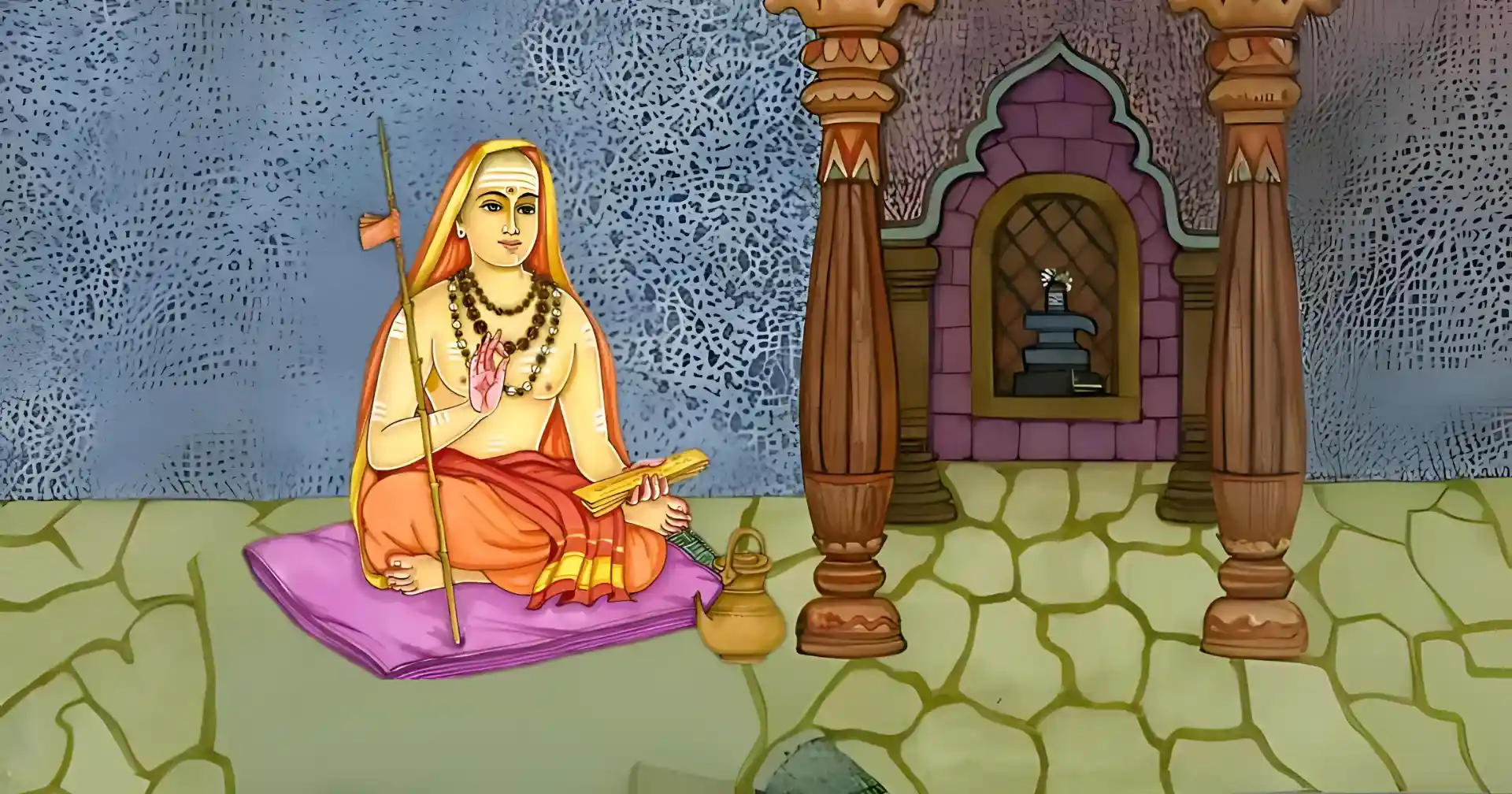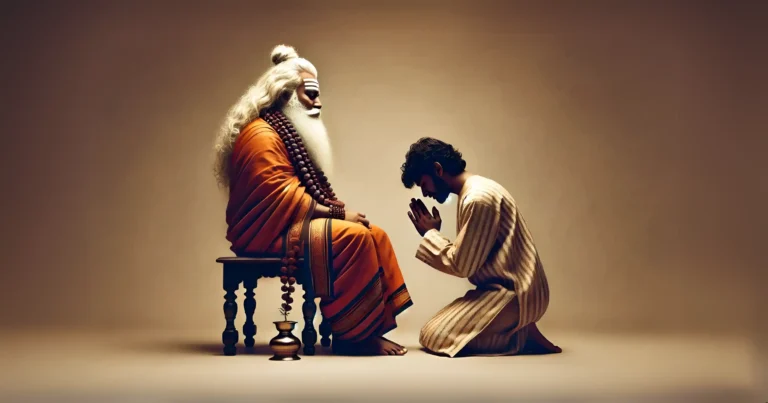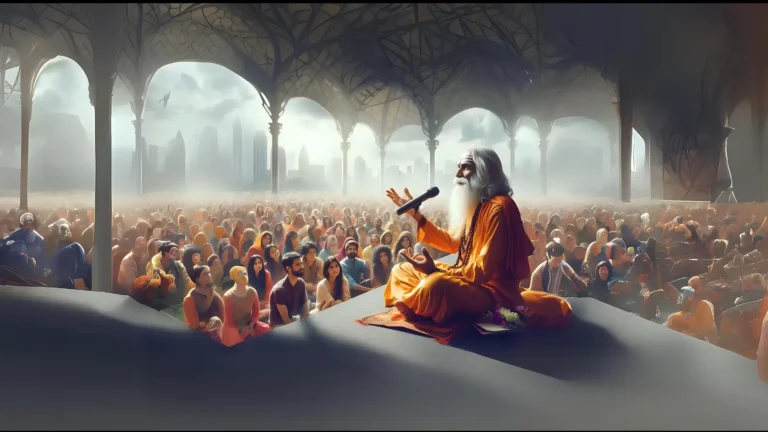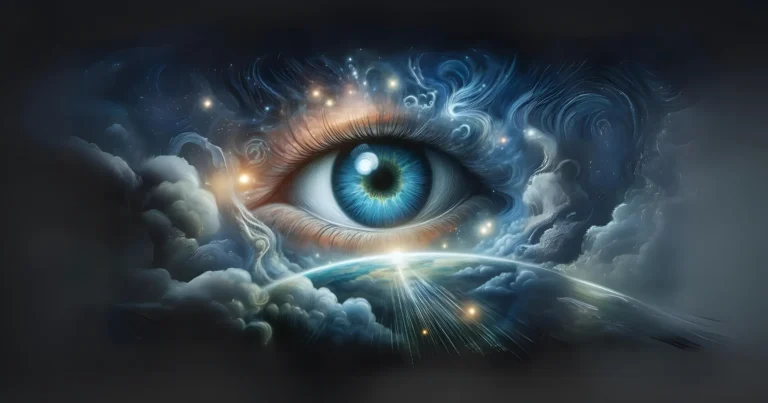Please Like the Blog and Share it for Maximum Reach
Table of Contents
Some Truths Revealed by the Shastras
The Vedic hymns sing “Truth is one, but the sages speak of it in diverse ways” This statement also reflects the speculative tendencies of Vedic philosophy.
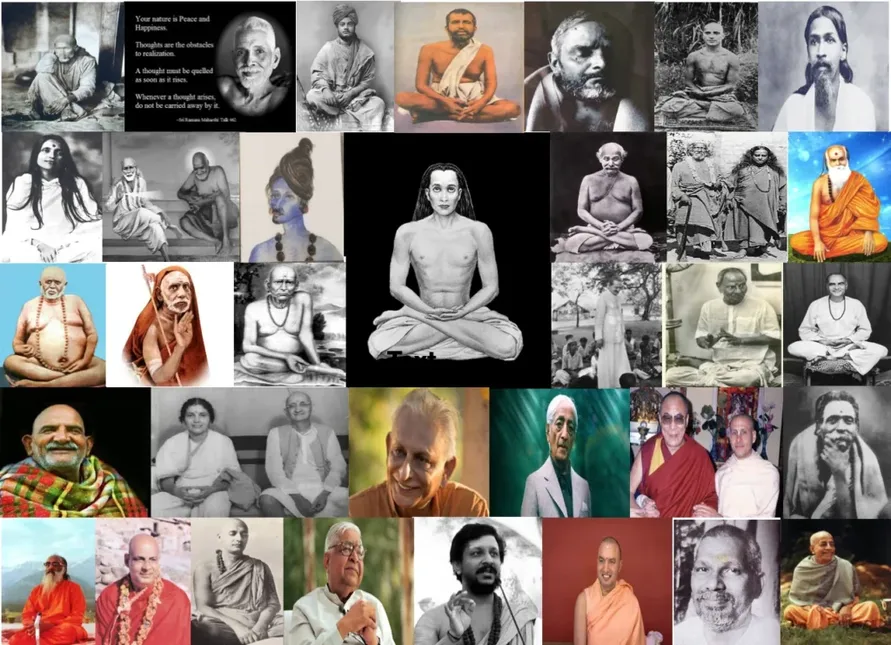
In the Shatapatha Brahmana (शतपथ ब्राह्मण) of the Vedas, it says: “The soul is everything”. But, within a few thousand years, the Upanishads poured substantial light over these thoughts reflected by the Shatapatha Brahmana. The highest idealism are to be found in the Upanishads. The human spirit takes its flight while discussing the esoteric meaning of the Upanishads. Truth is beyond the reach of the mortal entity and one can only speculate. However, there is a silver lining to this speculation also.
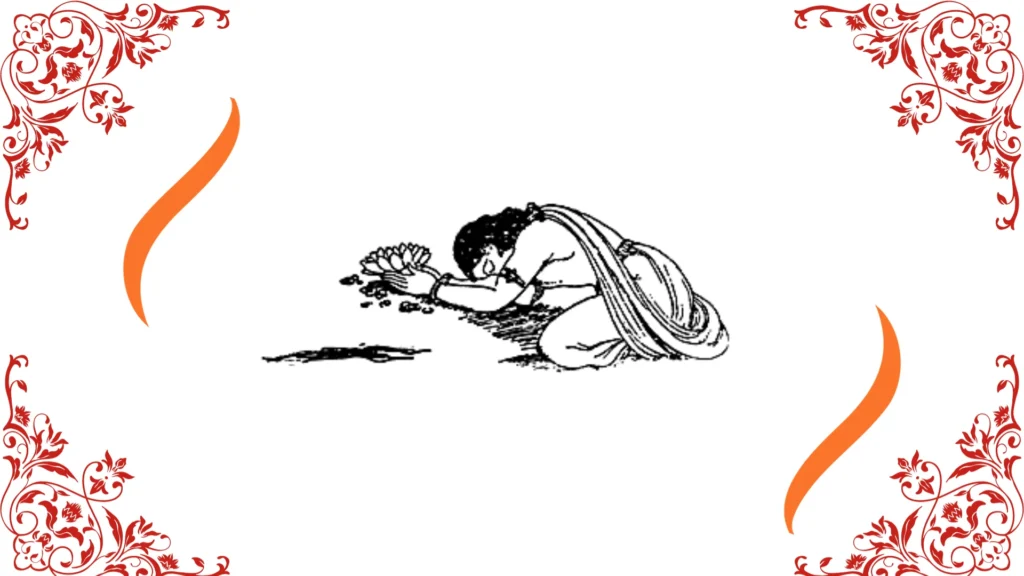
When we start discussing the Vedic scripture in the mood of surrender, grace shall descend and the veils of ignorance shall be severed progressively. Accepting the supremacy of the scriptures over this mortal land is the key for Grace to flow in our lives. This is an experiential fact.
Adi Shankara, the Messenger of the Vedas and Upanishads
Sri Adi Shankara has voiced the sum total of the thought of the Vedic seers, through his philosophy. That is the position of Shankara’s teachings overall. His Bhasyam (or commentaries on Bhagavad Gita, Brahma Sutras and other prominent scriptures), encapsulates the entire “Understanding” of the scriptures as per Vedic seers.
4 Key-Highlights of Sri Shankara’s Teachings
(1) Brahman is the Absolute, Ultimate Reality.
(2) Atman is Brahman alone.
(3) The empirical world of transactions is an illusion and nothing more than that.
(4) Reality is sometimes referred to as either universal (Brahman) or at times, personal (Atman). Atman (personal) is the very same Brahman (universal) that animates a Jiva (living entity).

Jiva, is inflicted by Maya and hence deluded. But, when purified its original state is revealed. That is Atman which is none other than Brahman. In simple terms, individualized version of that Brahman is Atman.
Brahman-The Absolute Unity
Shankara speaks about subject and object. He says: ‘When the distinction between subject and object vanishes, one realizes Brahman. Then there is no distinction between the individualized self and the macro-self, the universal self. The process of observing, the observer and the observed become one. The unity of these three become that very Absolute.’
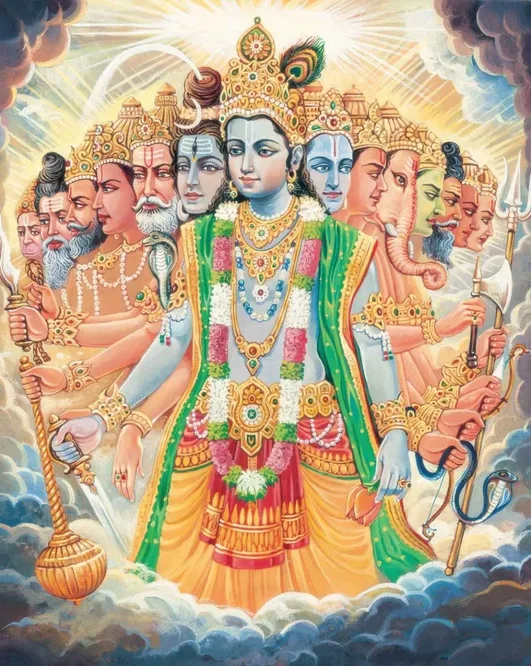
When there is a distinction between the observer and the observed, the observer who is the individualized aspect of the self is said to be interacting with the illusory aspect of Brahman. However, illusory aspect is also Brahman. But, it is said to be sullied.
The Brihadaranyaka Upanishad has a very pertinent conversation between the Self-realized couple Sage Yajyavalkya and his consort Maitreyi.
Yajyavalkya explains ‘Aatman’ to his wife, Maitreyi
Yajyavalkya says “Atman is to be seen by the act of seeing, heard by hearing, meditated by meditating, and understood by understanding, O Maitreyi. When one realizes Atman, the world’s substance is realized. It is known”
The Upanishad further exhorts that: “Aatman alone makes all things possible. It is the source of self-awareness and when self-awareness becomes absolute, there is no world. Only unsullied Brahman remains.”
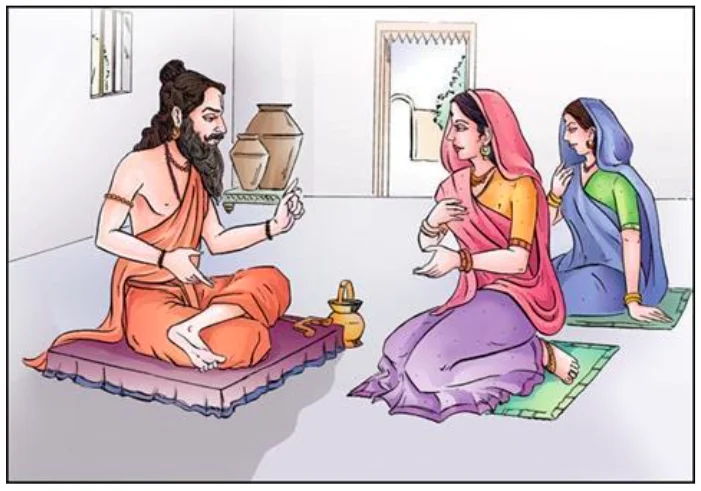
Shankara’s teachings are a mere reflection of the Upanishadic teachings. The Philosophy of Adi Shankara is Advaita which describes 2 types of existence.
Adi Shankara Classifies Brahman
These two types of existence find themselves referenced in the Upanishads. They are:
1) Bhuman (भूमन) and
2) Alpa (अल्प).
Shankara and his successors who are the current pontiffs of the Shankara Mutt, even today follow this philosophy of Bhuman and Alpa. These two types of existence refers to a higher grade aspect of Brahman (Bhuman) and a lower grade aspect of Brahman (Alpa). Bhuman: It means- the highest quality of Brahman can never be experienced directly, Because, if someone experiences that form of Brahman, he/she shall become one with Brahman and lose his individuality. This Brahman is Bhuman.

Alpa: This is an inferior version of Brahman which serves as the doorway to that Brahman which is very difficult to attain. It is practically impossible to attain Brahman directly.
Test your Alignment with the Spiritual Subject Matter (only 7-8 Questions)
The scores generated in this Quiz are relative. There are no right or wrong answers. A percentage towards 100 indicates that you are more aligned to the overall subject matter.
Why Deities of Gods are almost considered inferior in Advaita Philosophy?
To attain the final goal of the superior aspect of Brahman, one worships deities. Deities are a direct, tangible manifestation of the powers of Brahman. Lord Shiva, Sri Rama, Sri Vishnu and other supernal powers, qualify as the gateways into reaching Bhuman (or Brahman of the superior kind). The Advaita Philosophy further says: ‘When one reaches the formless unsullied, Pure Brahman, there is no use of holding back to the tools (deities) that brought the jeeva to this state.’

Hence, deities are referred to, by Shankara and his followers as Alpa, the means, the inferior aspect of Brahman. Unsullied pure Brahman is the goal while deities are the means, to get to the ultimate, according Shankara.
This is an antipodal view when one compares Advaita philosophy to those of pure devotees of the Bhagawan. In the eyes of a Bhakta, the deities are both the means and goal while the formless Brahman, as a philosophy, is completely rejected.
Shankara was clear in his understanding.
Coming back to the elucidation of the Upanishads, as per Shankara, the deities form Apara Vidya (lower science) while the unsullied formless Brahman is Para Vidya (higher science). All that reflects multiplicity is Apara Vidya. On the other hand, that which is one, formless, unsullied, Atman, Brahman is the subject matter of Para Vidya (superior science).
So according to Advaita, Apara Vidya is illusion alone.
Brahman Explained through and Example
Since Brahman cannot be directly conceived, Shankara quotes an example to explain what Brahman is. Only its inferior counterparts of matter are accessible to an average man.
He explains: “If the Earth were to be Brahman, then the houses, mud, stones, pebbles, etc qualify as the means (deities). It is illusion or sullied Brahman. The earth is the source reality of things like mud, pebbles and rock. But the end products are mere modified version of the very same Earth. Thus Brahman is Bhuman while Deities or other forms are Alpa.” This is Shankara’s Philosophy which finds reference in the Chandogya Upanishad. Therefore, the Supreme reality belongs to the Absolute, everything else is a shadow of that Absolute. The characteristics of the inferior Brahman is said to possess name and form which are illusory attributes dominated by the Apara Shakti (power of illusion).
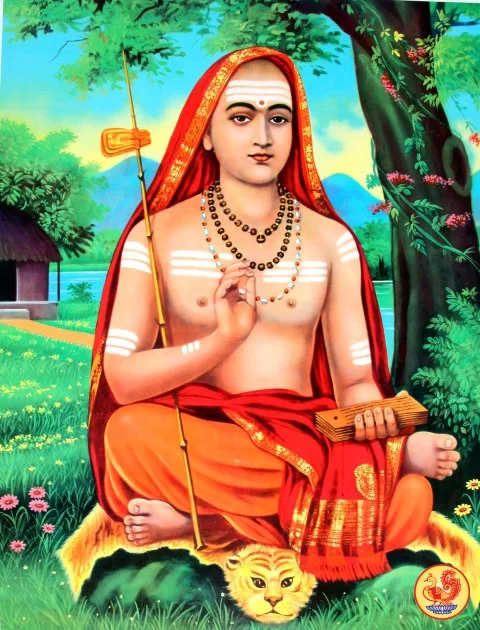
The mind has to be dissolved, because it is a product of Apara Shakti. When this dissolution happens, what remains is Para Shakti, the basis of Apara Shakti.
Variety is Illusion
There is no multiplicity whatsoever, exhorts Shankara and when man sees diversity it means that he is travelling from death to death. When multiplicity ceases to exist, birth and death also cease to exist. This is the core philosophy of Advaita teachings.
Does Bhagavad Gita promote Advaita?
The Bhagavad Gita is the universal language of All Vedic Philosophy. However, if you are someone who bears inclination or has faith on a particular philosophy like Advaita or Vishishta Advaita, you shall find the Bhagavad Gita with the tinted glasses of your faith-philosophy. The greatness of the Gita is that it never rejects any philosophy be it the Jnana or Bhakti school of thought. It is all inclusive.

Though the Philosophies might seem to contradict, the Bhagavad Gita brings about a unity in all existing philosophy. It makes a Sadhaka realize that the seemingly contradicting philosophies are indeed supporting each other. It is our shortcoming that we impose on the teachings. If your faith seems to shake, take refuge under the Gita for it is all inclusive. In fact, your faith will never shake if you follow the Gita.
This is true for everyone. Whether you are a staunch follower of Advaita, Dwaita, Vishita Advaita, Samkhya, or any other philosophy, philosophers and you especially will find Gita as a scripture that promotes the highest Truths of your faith-philosophy.
It is your sincerity to the philosophy of the Vedanta Schools that shall reveal the path most suitable for you. Who is right or wrong? That can never be established because the Gita is so potent that it gives you that aspect of Truth that you are ready for, and that too in the direction that you have taken to. Bhagavad Gita is a common scripture for all Sampradayas in the Vedic Pantheon.
The unity and harmony of the philosophical theory of the Gita nevertheless remains therefore unaffected by any controversies whatsoever.
Discussing the Conception of God in the Gita, put by Shankara
The conception of the teachings of the Gita is presented by Shankara.
He propounds: “There are two aspects of Brahman. Saguna: (Bearing a form) and second is Nirguna: (Formless, Brahman).”
The terms Vyakta (व्यक्त explicable) and Avyakta (अव्यक्त Inexplicable) in the Gita have been translated by Shankara, in this way. The one that is explicable, is Saguna, the one with form. The other is inexplicable, the Nirguna which is beyond form. Shankara explains as to how the Avyakta is Superior to Vyakta.
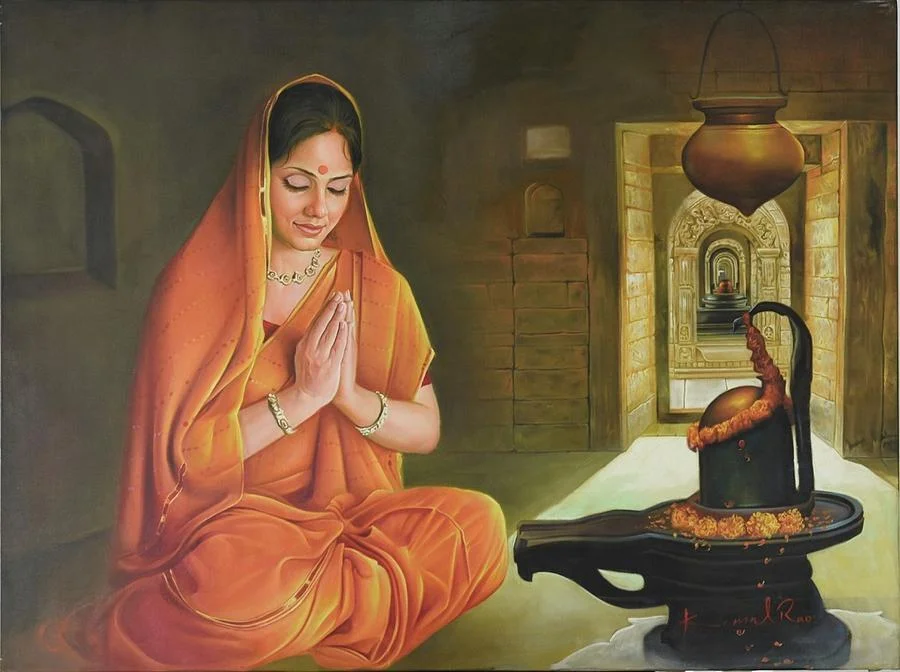
Shankara believes that the religious demands of an unevolved humanity requires conception of a personal God. He tagged deity worship for the unintelligent society, who were not spiritually evolved. On the other hand, Brahman was for the truly intelligent spiritual practitioners.
Why Bhakti Acharyas disagree with Adi Shankara?
Advaita required that even to pursue Brahman directly, one needed to have some considerable amount of credibility before commencing on the spiritual path. So, this approach of Advaita separated the means of spirituality on the basis of evolvement of the seeker. This differentiation was totally unacceptable and absurd for the later philosophers of the Bhakti movement. Ramanujacharya, Madhwacharya, Nimbarkacharya and Vallabhacharya, utterly disagreed that Sri Narayana, Sri Krishna and Sri Rama are inferior when compared to Brahman.
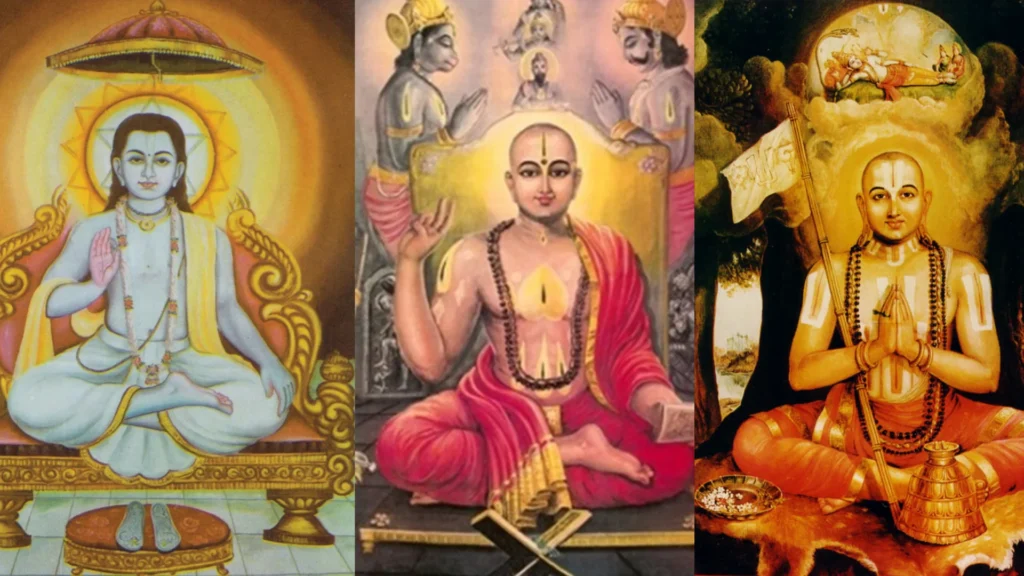
In fact they established that society, (irrespective of it being poor or rich, educated or uneducated, evolved or backward), needs nothing other than Deity or a Form to connect with. But, according to Shankara, from the point of view of pure existence, personal God has no existence, to put it blatantly.
According to him, a personal God can utmost, be considered a stepping stone towards unsullied Brahman, the conception of the Absolute, as per Advaita.
Please Like the Blog and Share it for Maximum Reach

